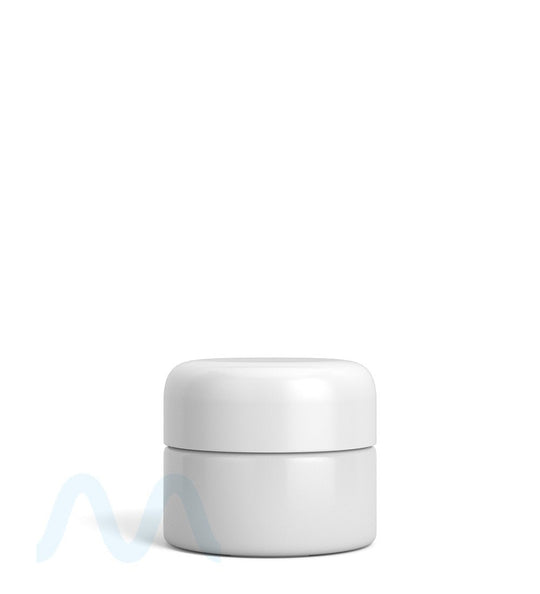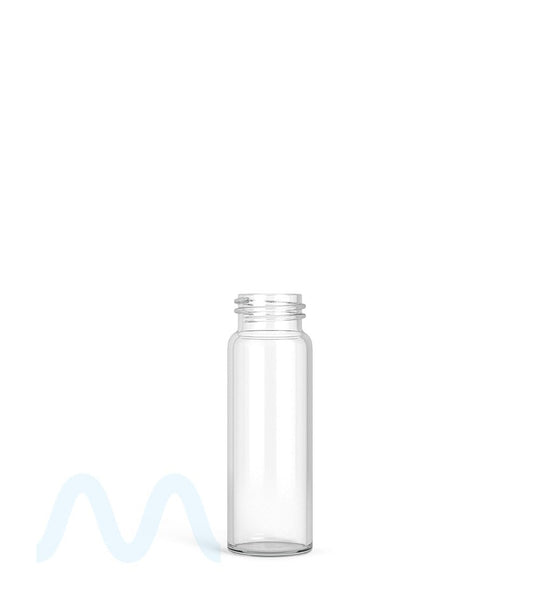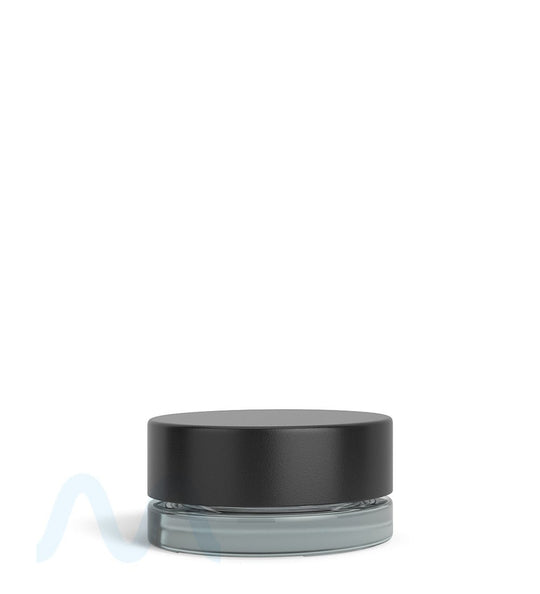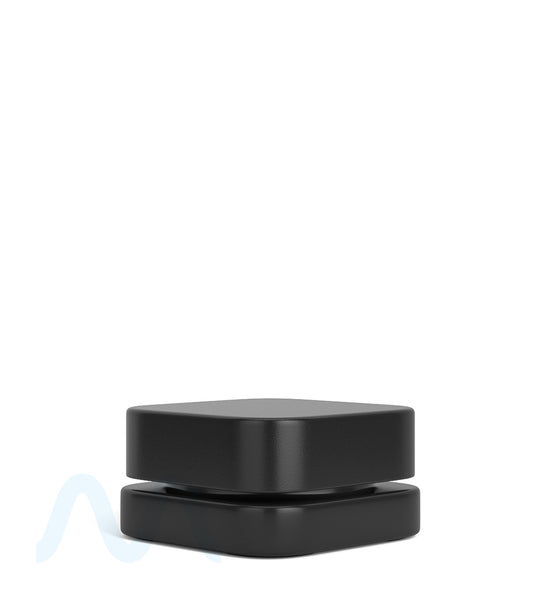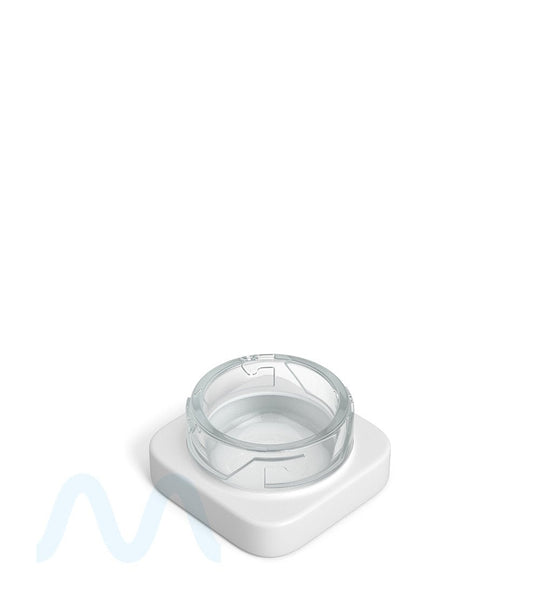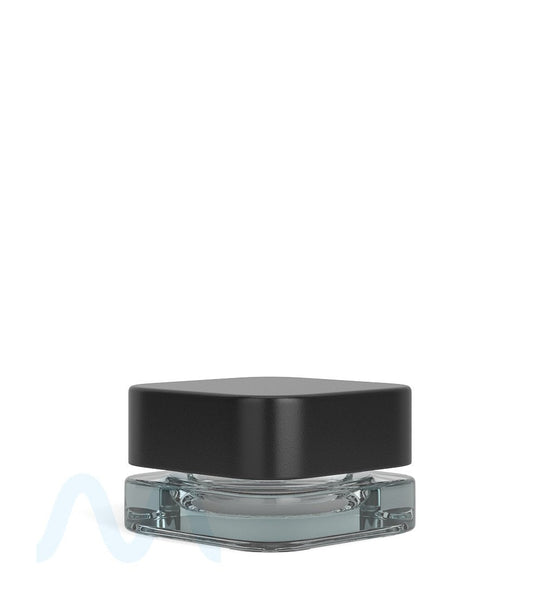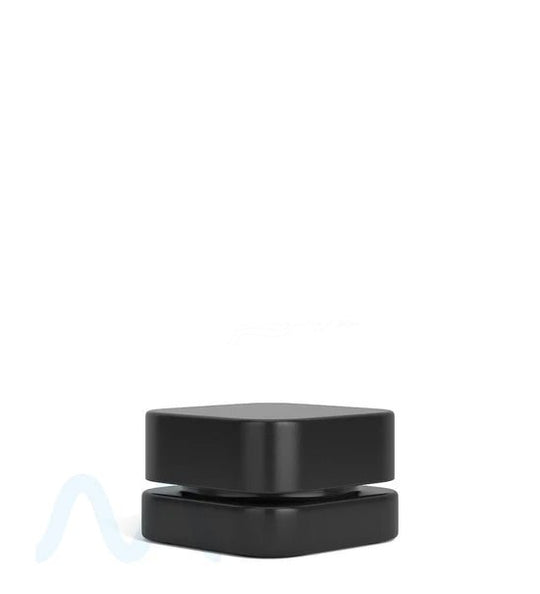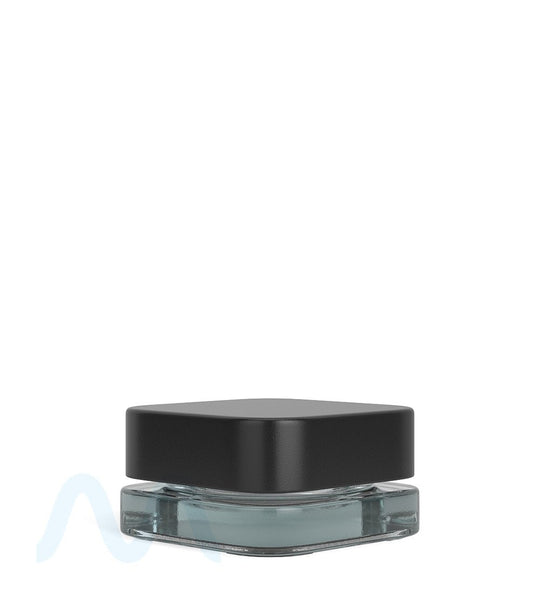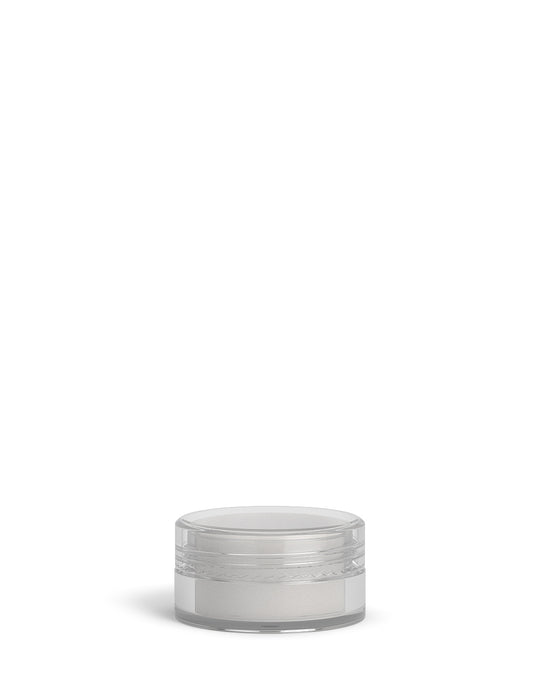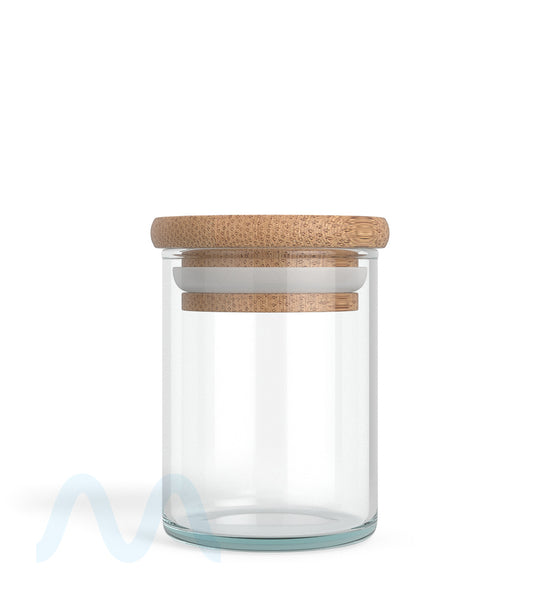Makeup Containers & Jars
Frequently Asked Questions About
Table of Contents
- Makeup Containers: Essential Guide for Beauty Brands
- Types of Makeup Jars for Various Cosmetic Formulations
- Glass Makeup Jars: Benefits and Applications
- Mini Makeup Containers: Versatility and Consumer Appeal
- Wholesale Considerations for Makeup Containers
- Packaging Innovation: Future Trends in Makeup Containers
Makeup Containers: Essential Guide for Beauty Brands
Makeup containers serve as the crucial interface between cosmetic formulations and consumers. These vessels not only preserve product integrity but also communicate brand identity and influence purchasing decisions. The right container enhances user experience while protecting the product from contamination, oxidation, and degradation. For beauty brands, selecting appropriate beauty containers represents a critical decision that impacts everything from product performance to customer satisfaction.
Modern makeup packaging must balance functionality, aesthetics, and sustainability. Empty makeup containers come in various materials, sizes, and designs to accommodate different formulations, from liquid foundations to pressed powders. Understanding the specific requirements of each cosmetic product type helps brands select containers that optimize shelf life and application experience.
Types of Makeup Jars for Various Cosmetic Formulations
Makeup jars constitute a significant segment of the cosmetic packaging market, offering versatile solutions for creams, balms, and loose powders. These containers typically feature wide openings for easy product access and secure closures to maintain freshness.
Common Makeup Jar Categories
- Cream jars for foundations and moisturizers
- Airless jars for oxidation-sensitive formulations
- Double-wall jars for premium presentation
- Clear jars for color display
- Thick-wall jars for luxury positioning
When selecting cosmetic jars, brands must consider product viscosity, ingredient stability, and application method. For example, oil-based formulations may require different sealing mechanisms than water-based products. Similarly, products containing active ingredients might need containers with UV protection properties.
Many makeup jars include inner liners or seals to prevent leakage and extend shelf life. These features become particularly important for products shipped directly to consumers or displayed in varied retail environments.
Glass Makeup Jars: Benefits and Applications
Glass makeup jars represent a premium packaging option with distinct advantages over plastic alternatives. The non-porous nature of glass prevents ingredient absorption and chemical interactions, making these containers ideal for preservative-free formulations and natural cosmetics.
Advantages of Glass for Cosmetic Packaging
- Chemical stability and inertness
- Premium look and substantial feel
- Superior barrier properties
- Recyclability and environmental appeal
- Temperature resistance for various formulations
Glass makeup jars communicate quality and sustainability, aligning with consumer preferences for eco-friendly cosmetics packaging. From frosted glass for diffused visibility to colored glass for UV protection, these containers offer both functional and aesthetic versatility.
While glass provides excellent protection, brands must consider weight and fragility when designing for e-commerce or travel-friendly products. Hybrid solutions incorporating protective outer packaging can mitigate these concerns while maintaining the benefits of glass.
Mini Makeup Containers: Versatility and Consumer Appeal
Mini makeup containers have gained significant popularity for sample programs, travel sets, and subscription boxes. These smaller vessels allow consumers to try products without committing to full-size purchases, supporting more sustainable consumption patterns and reducing product waste.
Applications for Mini Containers
- Travel-friendly versions of bestselling products
- Subscription box inclusions
- Gift set components
- Limited edition collections
- Product sampling programs
Despite their small size, mini makeup containers must maintain the same quality standards as full-sized packaging. This includes proper sealing, compatibility with the formulation, and brand-consistent aesthetics. Specialized filling equipment may be required for efficient production of these smaller formats.
For brands offering premium skincare packaging or color cosmetics, mini containers provide an accessible entry point for new customers while encouraging product exploration across the line. When designed thoughtfully, these small packages can deliver a complete brand experience in a compact format.
Wholesale Considerations for Makeup Containers
Sourcing wholesale makeup containers requires careful planning to balance cost, quality, and minimum order quantities. Established brands and startups alike benefit from understanding the supply chain implications of their packaging decisions.
Key Factors When Purchasing Wholesale
- Minimum order quantities and volume pricing tiers
- Lead times for standard versus custom options
- Compatibility with filling equipment
- Decoration capabilities (printing, labeling, hot stamping)
- Regulatory compliance documentation
Wholesale makeup jars often come with standardized closure systems, allowing brands to maintain consistency across product lines. This standardization can simplify production processes and reduce inventory complexity. For specialized applications like salve packaging or body butter packaging, suppliers may offer modified versions of standard containers.
When evaluating wholesale partners, consider their ability to scale with your business and provide consistent quality over time. Reliable suppliers should offer material certifications, regulatory compliance support, and consistent color matching for branded packaging elements.
Packaging Innovation: Future Trends in Makeup Containers
The future of makeup containers is being shaped by sustainability initiatives, digital integration, and evolving consumer preferences. Forward-thinking brands are exploring bioplastics, refillable systems, and packaging with reduced environmental footprints.
Emerging Packaging Trends
- Mono-material designs for improved recyclability
- Refillable systems with durable outer packaging
- Plant-based plastics and alternative materials
- Smart packaging with NFC or QR integration
- Waterless formulations requiring less protective packaging
Innovations in skincare containers often transfer to makeup packaging, particularly for hybrid products that combine cosmetic and treatment benefits. These crossover products may require specialized closures or applicator systems integrated into the container design.
As consumer awareness of packaging waste grows, brands utilizing empty makeup containers designed for reuse or responsible disposal gain competitive advantage. Whether through take-back programs, compostable materials, or simplified recycling instructions, packaging decisions increasingly influence brand perception and consumer loyalty.
For both established companies and emerging brands, selecting the right makeup containers requires balancing immediate practical needs with long-term sustainability goals. By understanding material properties, consumer preferences, and industry trends, beauty brands can develop packaging strategies that protect products while reinforcing brand values.









